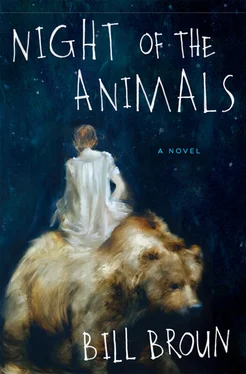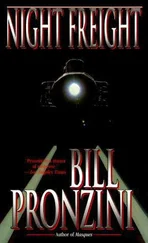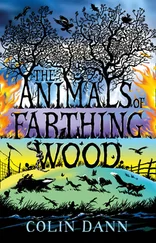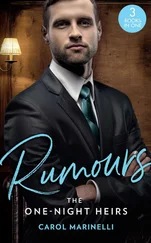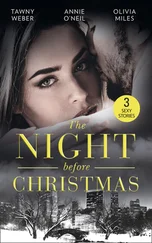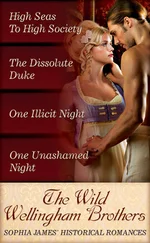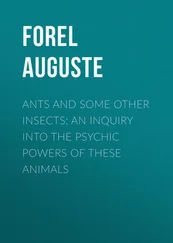“Tritty,” said Cuthbert as they lay beside the moat. “That’s your name? But I’ll always see Drystan in you, you know? I’m all done. My body’s shot. A’m done for. But you found me. You remembered me. It’s all I could have ever wanted. Never forget now, all right?”
Suddenly, a mass of white birds appeared above everyone’s heads, singing madly. Seagulls! It was as if a beneficent, reintegrated version of the Neuters had materialized. They had wings. They were not here to harm, but to inspire. They swooped down and began to gobble up the popcorn and crisps that Cuthbert had tossed into the lion enclosure during the night. They screamed for joy.
“Blastid,” said St. Cuthbert. “It’s the Gulls of Imago. They’ve come.” And finally St. Cuthbert himself sang in his croaking voice the penguin song, all to the tune of “A Hundred Years Ago”:
Seagulls of Imago, your song shall make us free,
From Cornwall to the Orkney, we dine on irony,
Along with lovely kippers from the Irish Sea.
Along with lovely kippers from the Irish Sea,
We’ll take our daily fill of anguished poetry,
’Til the world becomes zoologically arty.
Seagulls of Imago, your song shall make us free,
Seagulls of Imago, your song shall make us free,
Make it new! Things not ideas! Ambiguity!
And endless lovely kippers from the Irish Sea.
“What does it mean?” asked Astrid.
“Haven’t the faintest,” Cuthbert said. “Perhaps we need to eat kippers first. That’s all I need — and a full English. *And a stomach. I need one of them.”
“Yes,” said Astrid. “Egg and fried toast soldiers and a tomato. Fried. It’s the day.”
“It is,” said Cuthbert. “Let’s wakie wakie then. I’ve got loads to tell you, Astrid. Loads. It’s been so long.”
The seagulls dove down, flapping and crying around their heads, and scurrying away with bits of popcorn. Nearby, in Lubetkin’s Penguin Pool, which was restored, not a trace of the attack discernible, the penguins were marching up their helical ramps, ready to go anywhere on earth. They had heard the gulls and they were ready to follow them to homes off the tip of southern Africa, at the Cape of Good Hope.
All across the city, everyone began to noticed hundreds of new cloud-doodles in the sky. The children of London had got wind about the night, and their response was to draw pictograms. There were rhinos and zebras with stick legs. There was a giraffe with a neck the length of a football pitch. There was a jaguar with spots that blew away almost as fast as they were drawn by a five-year-old girl in Hampstead named Lucy.
AND WHAT of the other animals?
The Shayk of Night, predictably, disappeared. He would hide in the trees for as long as he was needed, be it days or decades, ready to bring infidels to the true faith. Eventually, he would join the ranks of Britain’s cryptozoological legends, a big black felid, sometimes spotted late at night on westerly moors by some excitable retired schoolmaster.
The zookeepers, try as they may, couldn’t find Muezza, Monty’s little admirer, and it was assumed that he would take up with the feral cats of north London, happily hunting Norway rats for all his days ahead. The other sand cats were eventually rounded up.
The otters, like most of their species, went in different directions. One headed to the Thames estuary. It would swim toward Lindisfarne on the North Sea, where the spirit of St. Cuthbert awaited all pilgrims. Another otter would make its way west, toward the quieter corners of Somerset, and perhaps, one day, even toward Worcestershire, the Severn basin, and the Wyre Forest. The otter pups were in pain — they had been forced to abandon the new mother because such were the forced detachments of the mustelid universe. It was a place where you just swam on. The spirit of St. Cuthbert would protect them until, one day, they repopulated Britain’s rivers and streams. Meanwhile, their video likenesses were to be broadcast all over the world, thanks to the ginger-haired reporter, Jerry. For several days, the most popular image projected of the zoo disturbance would be the video of the six newborn otters in their glossy blankets of caul, their dutiful mother licking them clean, with interspersed interview shots of the tiresome David Beauchamp, finally a minor celebrity, explaining how the London Zoo was already planning a “once in a lifetime” exhibit called “Six of One, Half a Dozen of the Otter.” “That’s my title, actually,” he would be heard saying.
AS MYSTERIOUSLY AND BIZARRELY as the Luciferian attack had begun, it had ended up receding, rapidly, in terms of both concrete facts and in what people believed about the night. The white demonic arch that rose from Grosvenor and landed in the zoo’s Penguin Pool had flickered off, and the comet Urga-Rampos disappeared from the Eastern Hemisphere. Nearly as soon as the horrors had gone, some people claimed they never existed. The timeline vandalism of Harry9’s Æthelstan’s Bliss further served to confuse the public.
But some things could not be disputed.
All across Britain, and especially in London near the American Embassy, the bodies of hundreds of suicided “Neuters” were discovered that May Day and in the days afterward. They all wore white coveralls, cropped haircuts, and white Nike trainers. But they were not, as Astrid had imagined, all clones of Marshall Applewhite III. They were ordinary citizens, from all over the Americas, northern Europe, and Japan and Singapore, especially, who had dedicated themselves to the HeavensGate.com cult and decided to end their lives in England in order to “shed their containers” and meet Applewhite in his comet starship. It would be the apex of the suicide cults’ powers on earth. In every case, the suicides had imbibed lethal doses of sedatives along with Flōt and killed at least one poor animal, usually someone’s stolen domestic pet. All had an American $5 bill in their pockets for the afterlife, which they apparently considered a cut-rate operation. In central London, as planned, a large squad of Neuter aggressors had managed to murder dozens of other noncult members, in some cases force-feeding victims sedatives and Flōt, and some of the loose animals, did indeed attack them.
But as the autonews reports went out, in the weeks and months that followed, and WikiNous started sizzling with wild rumors about what had happened that night — with tales of mass murder and leopard attacks, outraged reports about the catastrophe of Æthelstan’s Bliss, rumors of a subsequent UK-USA diplomatic row over terrorism — officialdom began, slowly at first and then quite aggressively, to suppress the truth. Harry9, for his part, even feared that his indiscipline with the Æthelstan’s Bliss had endangered his own throne. He was, for now, a king humbled — but not entirely.
Harry9 still ran a massive disinformation operation. Soon, the facts of the night of the animals became as elusive as the otters of the Severn. Timelines seemed to get artificially resewn. The AnimalSafe Squad’s ambitious David Beauchamp led the effort among the zoo officials to downplay and to understate, and in some cases to erase, the evidence. The Met played its part, too, and with the cowed, impoverished automedia at historically weakened levels of investigative nous, the story soon began to evaporate. Still, the Crown instructed EquiPoise’s Psyalleviators to steer clear of both Astrid and Cuthbert. The authorities saw Astrid, privately, as a kind of selfless minor hero, and Cuthbert as a chaotic messenger. They were marked as a kind of special case, a Flōt-related aberration, and the night, officially, as a sort of subterranean watershed dividing what could be tolerated from the cults and terrorists, and what threatened the English at their core.
Читать дальше
